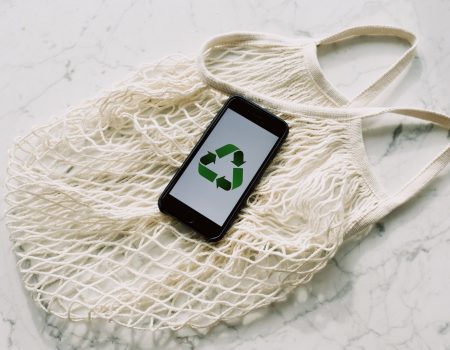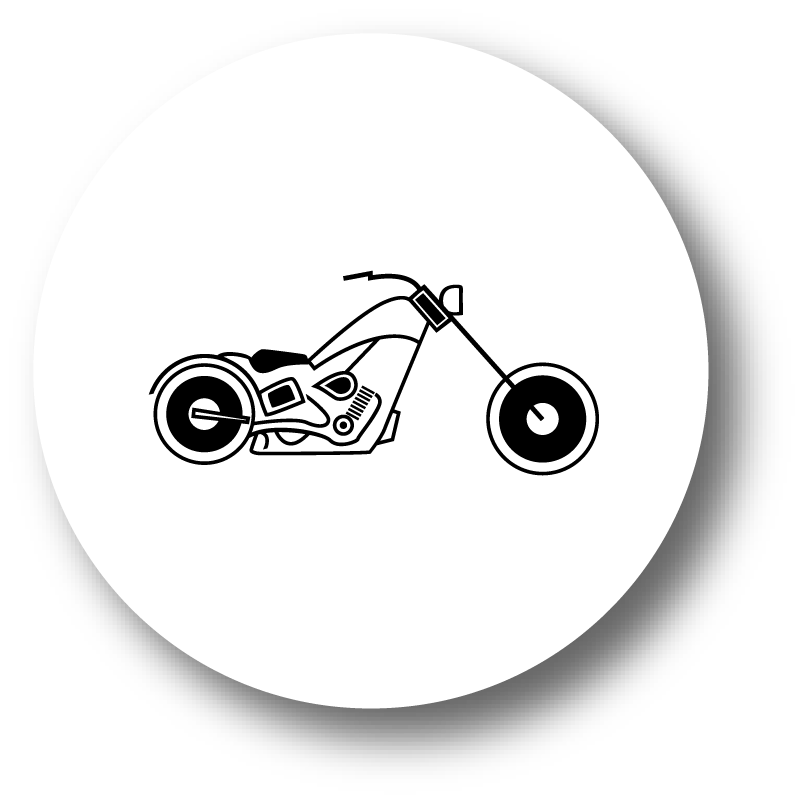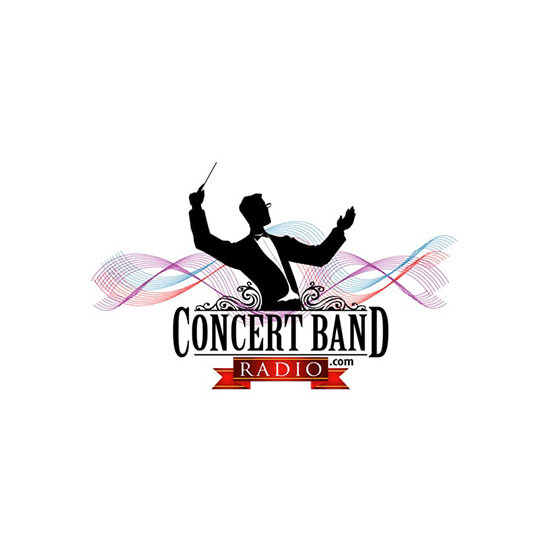Icons vs Logo: I think we have all ask ourselves that question. Understandably, it is very important to know the difference so that you can better decide which one is for you. However first of all, you do need to understand what it is you need. You might need both, but for different reasons. Let’s discuss it:

Defining Icons And Logos
Most of all, icons and logos are graphical representations used to identify businesses, companies, products, or services.
Furthermore, icons are simple images or symbols that convey a particular meaning or concept in a visual manner. In short, an icon is an image that should trigger an action for a customer. Usually when there is just enough space for an icon but not the entire logo. Examples of icons might include the envelope used to represent email or the magnifying glass that denotes search functionality.
However, in the questions about icon vs logo, logos are more complex than icons and are often used to represent larger organizations and brands. Understandably, logos may include a combination of typography, symbols, and colors, and serve as a visual representation of a company’s values and brand identity.
Furthermore, logos are often used on a variety of marketing materials, including websites, business cards, and advertising campaigns. Some well-known logos include the Nike “swoosh,” the golden arches of McDonald’s, and the Apple logo of a bitten apple.
Overall, both icons and logos are important tools for branding and marketing and help to create recognition and familiarity for businesses and products.
Key Differences between Icons And Logos
There are some key difference in icon vs logo that you should take into account when deciding if you want to have a logo and an icon and how you are going to use them. So, icons are simplified representations of an object or idea that can be easily recognized and understood with just a glance.
Furthermore, icon styles are one of all of the following:
Flat,
Minimalistic, and
Highly stylized.
As a result, icons are used to visually make people do something, such as an action or concept, usually within interfaces and digital environments.
Logos, on the other hand, are usually made up of one or some of the following:
Unique symbols
Emblems
Incorporated text and design elements
Shapes, colors, and images to convey an organization’s message or values.
Therefore, logos are intended to be instantly recognizable, memorable, and reflective of the company’s mission and brand identity.
Examples of icons
Below you can see a few of the icons that we have created in the past and that are still used today by our customers. All have examples of being flat, minimalistic and very stylized.



Examples of Logos Found
Below you’ll find examples of logo designs found in the portfolio called Internet logos
For instance, these examples have unique symbols and incorporated text and design elements, like shapes colors and images



When To Use An Icon Instead Of A Logo
So, icon vs logo, when do you actually use on or the other? First of all an icon can be used instead of a logo in certain situations. Confusing, I hear you say. Not really, for example, icons are commonly used in mobile applications, where screen space is limited. Icons are also useful for representing a brand on small items such as social media profiles or business cards. Additionally, icons can be more versatile than logos in terms of usage.
After all, a logo may only look good in certain colors or when displayed at a certain size, but an icon can be more flexible. For instance, an icon can represent a brand in a more simplified and recognizable way, making it easier for customers to identify a brand in a crowded market.
However, it’s important to remember that a logo carries more weight in terms of branding and should be used in situations where the brand needs to be prominently displayed or when you have more space to work with.
Choosing between Icons And Logos For Branding
Above all, choosing between icons and logos for branding can be a tough decision. Logos typically consist of a wordmark or a symbol, while icons are simple graphics representing ideas or objects. The overall appearance and message you want to convey, as well as the medium in which it will be used, should be taken into consideration.
Most importantly, logos are great for branding on items such as clothing or products. In contrast, icons work well on digital platforms such as websites or apps. In short, logos are more conservative while icons can be more creative. Regardless of your choice in the questions about icon vs logo, it is important to ensure consistency throughout all marketing channels.
Icon vs Logo. Which Is More Versatile
You have to understand which one is more versatile to be able to pick the best one depending on what you need to print or create. We all know now that, icons and logos are crucial elements in branding, each with their unique advantages. However, when considering versatility, icons tend to outshine logos.
First of all, icons are simpler and more abstract, making them suitable for a wider array of platforms and applications. Furthermore, they can be effortlessly scaled and utilized in various contexts such as website graphics, social media profiles, and mobile app icons.
On the other hand, logos are more complex and detailed, which restricts their adaptation to various formats and sizes. Furthermore, logos are tied more tightly to their respective brands, which can limit their flexibility under certain conditions. To sum up, although both icons and logos are important in branding, icons prove to be more versatile.
How To Incorporate Icons And Logos In Web Design
It’s important to remember that, icons and logos are an important part of web design. Also, importantly, they can help guide the user, add visual interest, and reinforce branding.
Here are some tips for incorporating logos and icons effectively:
- 1. Keep it simple: Use clear, recognizable images that can be easily understood.
- 2. Stay consistent: Use the same style of icons and logos throughout the site for a cohesive look.
- 3. Use them strategically: For example, place icons and logos in areas that will draw attention and help the user navigate (such as in the navigation menu).
- 4. Optimize for different screen sizes: For instance, make sure icons and logos are legible and appropriately sized on both mobile and desktop screens.
- 5. Use them sparingly: Understandably, don’t overload the page with icons and logos, as this can become overwhelming and cluttered.
Do You Need Both?
Interestingly, you may not always need both an icon and logo for your company, as this is entirely dependent on your business’s specific objectives, preferences, and requirements. The main thing with a logo is that it can be perfect in creating a powerful brand identity, making it easily recognizable to your target audience.
Conversely, an icon is a straightforward graphic that symbolizes an object, idea or action and it used to represent specific aspects of a product or service. While an icon can enhance the visual appeal of your brand, it is not always necessary. Unless you use it in an app to trigger an action. Make sure it’s not a stock image but actually created by a professional, however some free designs are available if you know how to use them.
However, the choice to use both an icon and a logo should be guided by your brand strategy and communication needs, making sure that you choose elements that effectively represent you and your company also communicates with your target audience.
Tips For Designing Memorable Icons And Logos
Above all, having an iconic and memorable logo is one of the key components to creating a successful brand. The great news is, creating an effective logo doesn’t have to be difficult, it simply takes a bit of focus and creativity. To create a logo that connects with your audience and that they’ll remember for years to come, try implementing the following tips:
- Firstly, aim for simplicity, the simpler your logo is, the more memorable it will be.
- Secondly, be original and avoid copying others; creating a design that stands out from the crowd and is unique to your brand.
- Thirdly, color is important, so choose your shades strategically. So, colors not only represent your brand, but they can also evoke certain emotions and feelings.
- Fourth, keeping consistency across all platforms is essential for creating recognition and a strong brand identity.
- Lastly, test your design by sharing it with others and gathering feedback so that you can work on improving it before finalizing it.
Wrapping Up!
So, basically, the most important thing to remember is that icons calls for actions and logos are more complex. You definitely need both eventually, however always start by designing a logo first to get your brand and ideas going. Its going to be the easiest way to start. Seek help from a professional logo designer, so that you can get your ideas together.
